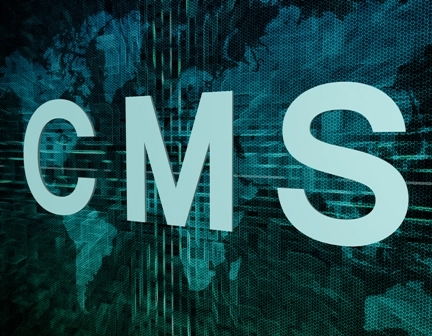Otolaryngology Coding Alert
Get a Handle on CMS’ Review Benchmarks
CMS identified a total of $25.74 billion in improper payments among providers sampled in the 2020 CERT report, and broke down those charges in a variety of categories. Check out the following explanation of how many issues the agency found in each section, and how you can avoid making the same mistakes. Insufficient Documentation CMS found that the vast majority of improper Medicare payments — 63.1 percent — were due to insufficient documentation. In these situations, the medical records do not substantiate whether the service was medically necessary. Example: The documentation includes the phrase “Visit to evaluate daily nosebleeds.” The record lacks a date of service, an explanation of any exam performed or history of present illness, and may also be missing many other details. Therefore, the reviewer marks this claim as non-payable since it is lacking even basic documentation to demonstrate anything that the physician did. Medical Necessity Errors About 16.2 percent of improper payments outlined in the 2020 report were due to medical necessity errors. In these situations, the patient receives a service or product, but the documentation does not support the fact that the patient has a medical need for it. Example: The patient from the nosebleed example above is seen by the physician, who can’t find any issues on examination and therefore orders a CT scan of the nasal cavity (70486, Computed tomography, maxillofacial area; without contrast material) with only the epistaxis diagnosis code on the claim (R04.0). Since a bloody nose alone typically does not provide the medical necessity for a CT scan, the insurer is likely to deny this claim for a lack of medical necessity. Incorrect Coding About 10.9 percent of the improper payments that CMS identified were due to incorrect coding. In these situations, the wrong code was reported for the service, either via upcoding, downcoding, or miscoding. For example: A provider reports 99214 (Office or other outpatient visit for the evaluation and management of an established patient, which requires a medically appropriate history and/or examination and moderate level of medical decision making. When using time for code selection, 30-39 minutes of total time is spent on the date of the encounter) for an office visit with a patient. The documentation demonstrates that the otolaryngologist only spent 15 minutes with the patient and that the MDM was straightforward. Therefore, the visit is downcoded to 99212 (… straightforward medical decision making. When using time for code selection, 10-19 minutes of total time is spent on the date of the encounter). No Documentation Some 4.4 percent of improper payments were attributed to “no documentation” errors. Under these circumstances, the provider either did not document the service at all, could not find the documentation, or simply failed to submit it to reviewers. Remember the old adage that “if it wasn’t documented, it wasn’t done” — this is how auditors will look at the situation, so you should do the same. “Other” Errors Issues that don’t fit into other categories, such as patient ineligibility for benefits, are classified as “other” errors, and these occurred in 5.4 percent of cases, according to the CERT report.
Related Articles
Otolaryngology Coding Alert
- Compliance:
CMS: Otolaryngologists Responsible for Millions in Incorrect Coding Errors
Medicare reviewers revealed details about the latest Part B E/M improper payment rates. Otolaryngologists often [...] - Get a Handle on CMS’ Review Benchmarks
CMS identified a total of $25.74 billion in improper payments among providers sampled in the [...] - Appeals:
5 Facts Help You Boost Your Appeals Success Rate
Hint: Always know why you’re appealing a claim before you hit ‘submit.’ Appealing claims may [...] - HIPAA:
Avoid Privacy Breaches With a Few Key Tips
You should take HIPAA seriously — because insurers do. Ever wonder whether the government is [...] - You Be the Coder:
Differentiate Primary Adenoidectomy From Secondary
Question: We are confused about the difference between primary (42830) and secondary (42835) adenoidectomy codes. [...] - Reader Questions:
Check out How to Report Allergy Injection, But Not Supplies
Question: A patient came into our practice with her own allergy medication and asked our [...] - Reader Questions:
Avoid Modifier 59 on E/M Codes
Question: We reported 99212 with an injection code, and appended modifier 59 to the claim, [...]




